
Just before I began thinking about ethnography, I was asked to read through some service design tools at servicedesigntools.org. So far, I have used mind map, tomorrow headlines, and rough prototyping for our team design idea called Patch Pals for RSA design project in semester 1. And although I did not know names of some tools, I have used system map, mood board, and role play very often when I had presentations for clients or colleagues at my job before. I think rough prototyping, mood board, system map, and role play are very useful tools and I would use those of them in the future, too.
– MIND MAP –
The mind map is a tool for the visual elicitation of our thoughts and their connections.
I think a mind map makes a thing easy to get started because if you got some ideas in your head you just write or draw it. We all were asked to create a mind map for the first assignment in semester 1, then I thought it is very useful and easy tool to get started something and expand ideas. I always create a mind map to grasp own whole idea and after I revert to the initial mind map to make the theme sure.
 a mind map for Tipping Point
a mind map for Tipping Point
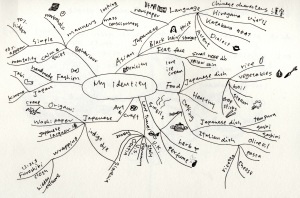 a mind map for Border Crossings project 1
a mind map for Border Crossings project 1
– ROUGH PROTOTYPING –
The rough prototyping is a quick method to build prototypes using all the objects and materials available in that specific moment and location. These elements are used to simulate the service components in order to better explain an idea in front of the other members of the team. It is a tool supporting the visualization of ideas and a way to be sure that all the members of the team are talking about the same thing. It also contributes to make the process of design more interactive and concrete.
With our group of semester 1, we created colour clay and paper prototypes. This is like an elementary school children’s play, but very useful and important tool for design. Especially this is very useful to visualize my initial ideas of jewellery pieces because I do not need to use any metal or any expensive materials. Actually I did this rough prototyping with paper and glue for my Border Crossings project 2 and I really think it worked. I could use anything for the prototypes such as paper, tapes, clay, glue, colour pens or so.
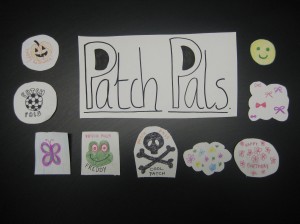
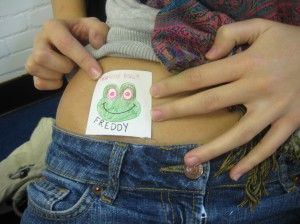
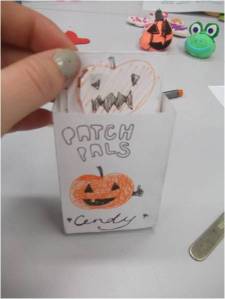
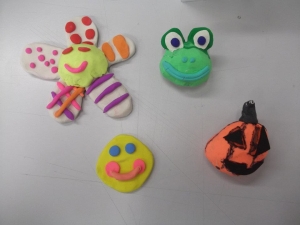
paper and clay prototypes for RSA design project



paper rough prototypes for Border Crossings project 2 (Jewellery design)
those above paper prototypes became metal pieces



– MOOD BOARD –
A mood board is a visual composition of pictures and materials that propose an atmosphere by giving the generic perception of it. The mood board helps in the elicitation of some values the service has that are difficult to be described by words. The use of a visual representation fixes univocally the perception of the service inside the team.
The mood board could make the visual aspects of the design easy and clear.
For some presentations of design I am often asked to create a mood board. And also I had many occasions to see mood boards at the fashion show or exhibitions for my job before. For people who see mood boards such as buyers, it is easy to choose good ones and skip not attractive ones. If the mood board were attractive, the buyers would ask the designer about the design or product further and if it were not attractive, the buyers would just skip and not waste their time for it. Conversely, for designers, it is a chance to appeal their design for buyers so that they have to create the mood boards really attractive and clear to show their visual aspect and concept. Even if there were some explanations on the mood boards, the busy buyers would not read it. Strong visual impression is important for the mood board.




mood boards for Border Crossings project 2
– SYSTEM MAP –
The system map is a visual description of the service technical organization: the different actors involved, their mutual links and the flows of materials, energy, information and money through the system.
I used the system map at my job to explain and clarify the concept to clients. For example, when I explained how our paper packaging design was ecological, I put some simple pictures of the process of recycling, the local source of the material, the local transportation we used, and the local people who were working for it.
– ROLE PLAY –
Some actors, the sample users or the designers themselves perform a hypotetical service experience. The implied condition is thinking that the service really exists and then building a potential journey through some of its functionalities. A possible evolution of this tool consists in the performance of the same scene several times, changing the character profiles on each scene in order to understand how different users would act in the same situation.
I did role play by wearing a garment with an iPod connection to test the functions before selling at my job as well. Of-course the role play would work for any design but I think it would especially work well for specific designs targeted small children or disable people such as a toy, a wheel chair, or a barrier free house. The designers should not design only with their sense of value or imagination. They should experience and know what really users need. And we could confirm the target customers and their life styles by doing a role play. Confirming those was important for us not to go somewhere else beside the point of our aim or target.
There are many design tools I have never used but I strongly agree that those are important for designers to make sure if the design is reasonable, and also useful to appeal a design or a product to customers according to the purpose.
Pingback: Assignment 3 Activity 3C: OBSERVE AND RECORD « coyosa design